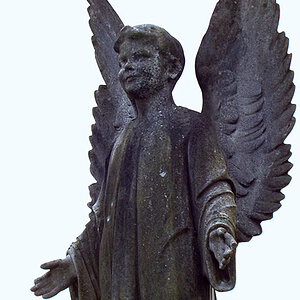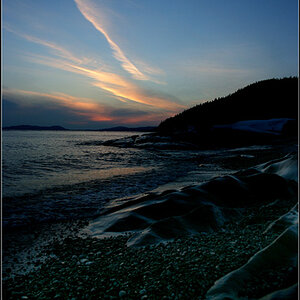SpartanGTR
TPF Noob!
- Joined
- Nov 11, 2014
- Messages
- 9
- Reaction score
- 0
- Can others edit my Photos
- Photos OK to edit
I bought a Canon SL1 about a year and a half ago, it was a great deal and came with the 18-55 kit lens along with a 55-250m telephoto. I also picked up a 50mm f/1.8 shortly after. Lately, I've been noticing some shortcomings of my equipment and am wanting to upgrade a bit. The 2 kit lenses aren't good for low light(which I find myself needing more and more), and they aren't exactly the sharpest lenses either. So, lenses seems like a good place to start upgrading. But, at the same time, one of my friends wants to get into photography and would take this equipment off my hands for a very reasonable price. So, this leaves me some options, since i'm not totally married into Canon equipment.....
Things I want most:
-Portability is key. SL1 is already pretty small, but it's still regular EOS mount lenses which most of the time aren't. It gets thrown into a backpack a lot(while biking, etc...)
-Does well in low light
-Sharp lenses
I've been doing a LOT of reading about the Fuji XT-1, wondering if it's time to make the jump to mirrorless. It's got a hefty price tag since I'd have to buy some new glass for it. I'd probably do the kit 18-55 f/2.8-4 and 56mm f/1.2 to start. Body wise, it's not much different than the SL1, but i've read nothing but good things about these fuji X lenses. Or my other option is to start getting new glass for my Canon, but then I become more rooted into Canon gear, and the good lenses for a Canon could end up costing just as much as a new XT-1 depending on what I decide on. I figure if there's a good time to switch, it's probably now.
Anyone have experience with either or both of these cameras and have any thoughts? Or perhaps made the jump from DSLR to a mirrorless?
Things I want most:
-Portability is key. SL1 is already pretty small, but it's still regular EOS mount lenses which most of the time aren't. It gets thrown into a backpack a lot(while biking, etc...)
-Does well in low light
-Sharp lenses
I've been doing a LOT of reading about the Fuji XT-1, wondering if it's time to make the jump to mirrorless. It's got a hefty price tag since I'd have to buy some new glass for it. I'd probably do the kit 18-55 f/2.8-4 and 56mm f/1.2 to start. Body wise, it's not much different than the SL1, but i've read nothing but good things about these fuji X lenses. Or my other option is to start getting new glass for my Canon, but then I become more rooted into Canon gear, and the good lenses for a Canon could end up costing just as much as a new XT-1 depending on what I decide on. I figure if there's a good time to switch, it's probably now.
Anyone have experience with either or both of these cameras and have any thoughts? Or perhaps made the jump from DSLR to a mirrorless?



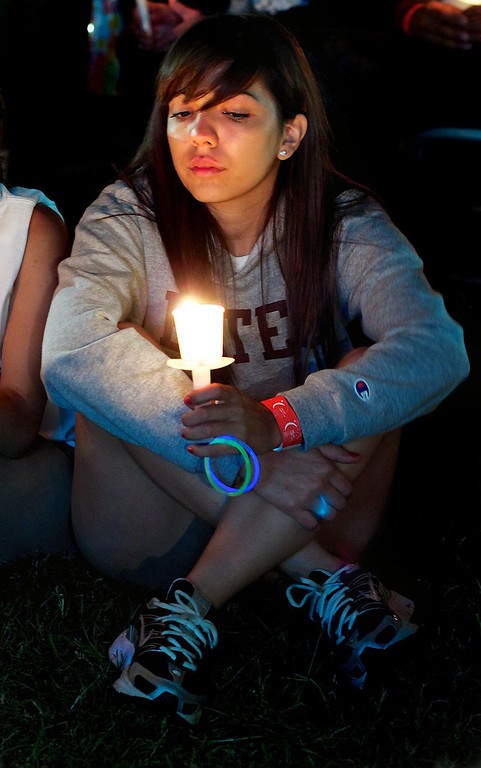
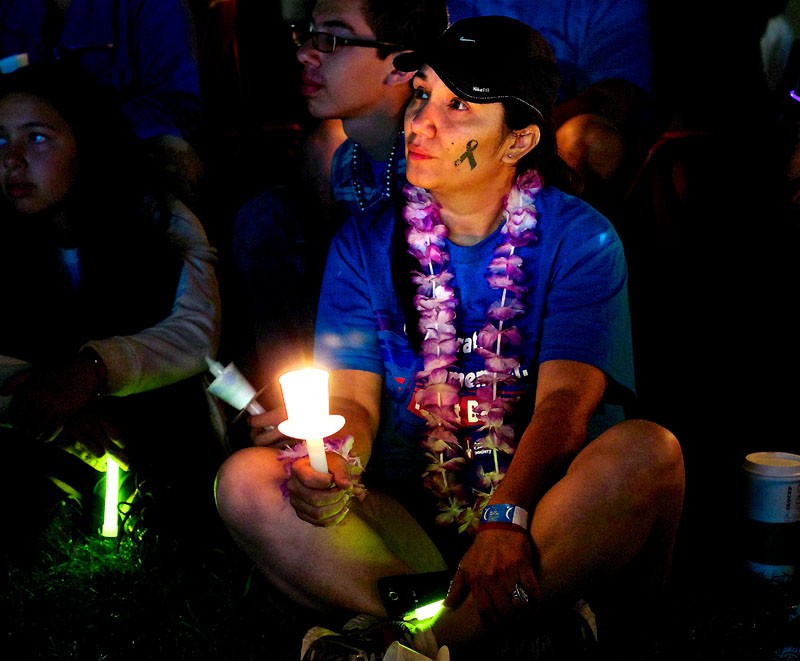
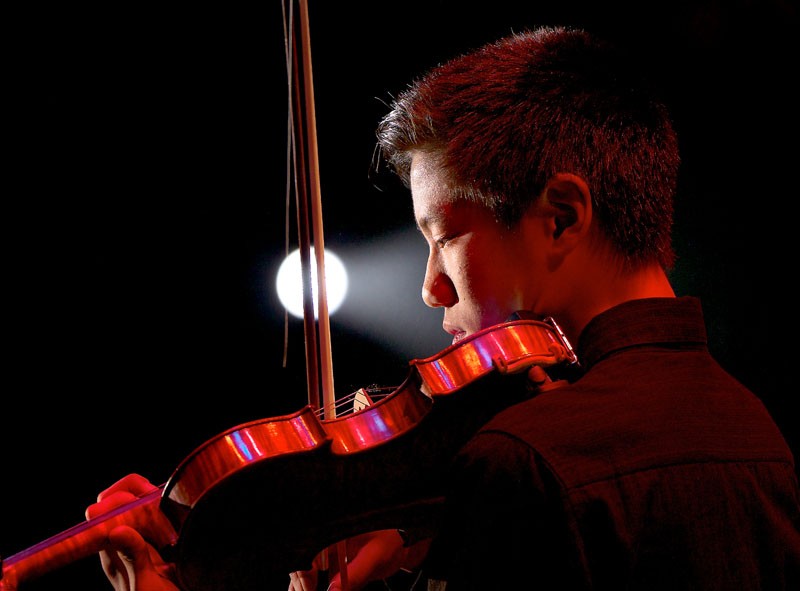

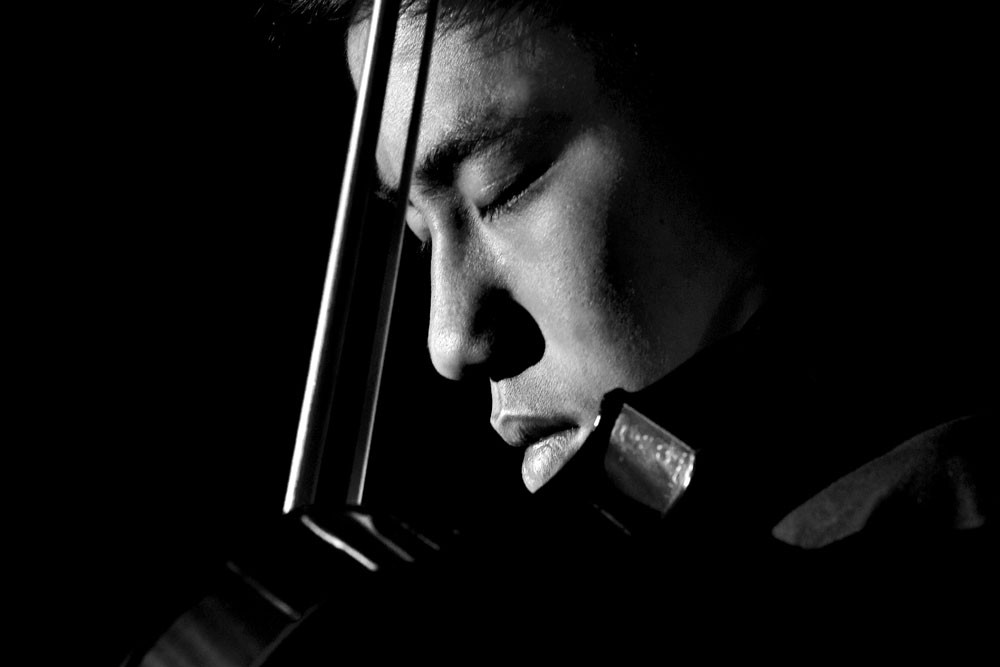
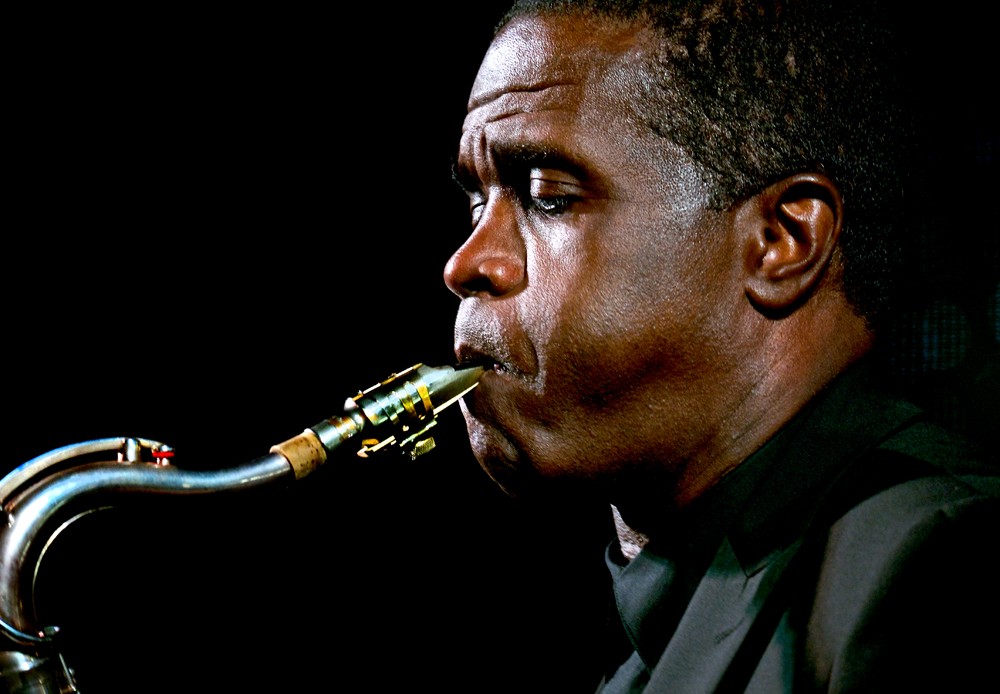
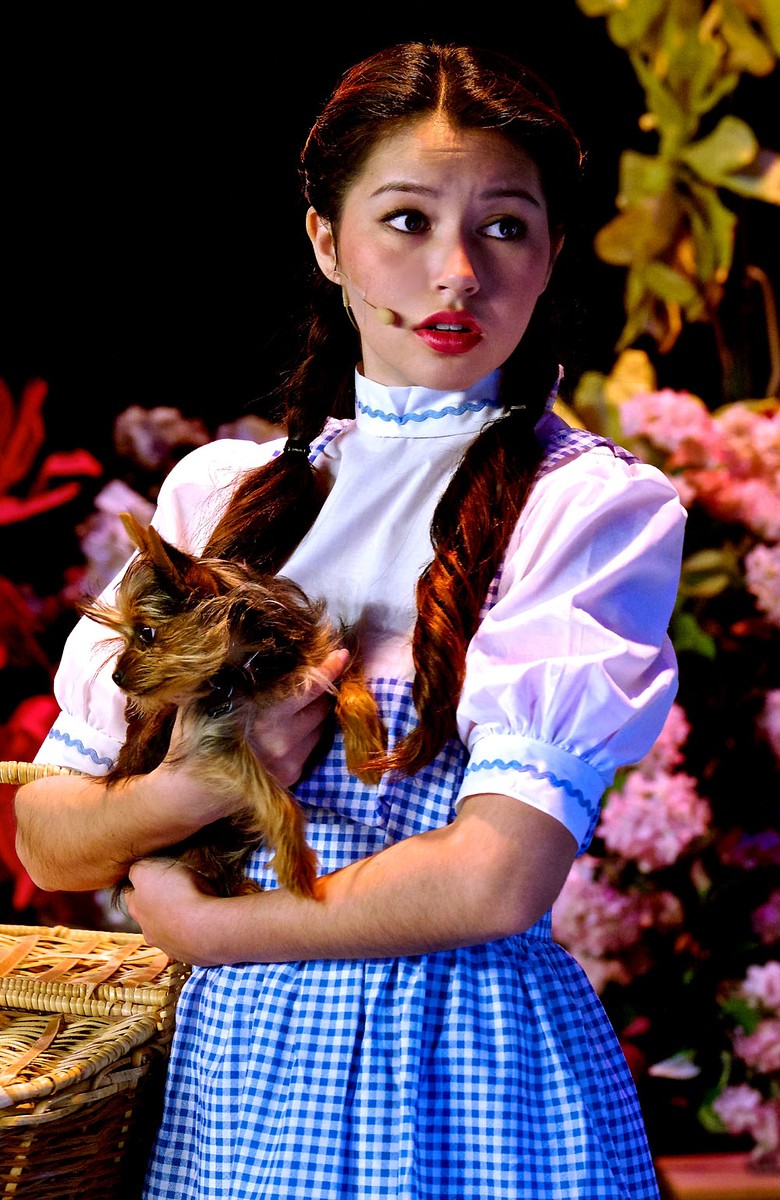

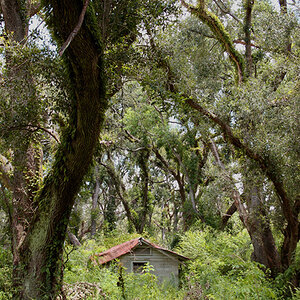

![[No title]](/data/xfmg/thumbnail/40/40284-f59f6230f0d5b9eacf977f8b0392f087.jpg?1619739407)

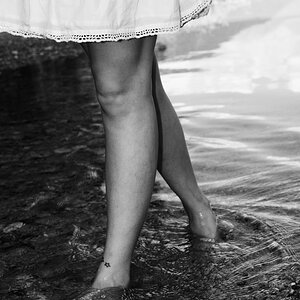

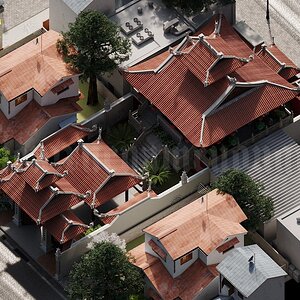
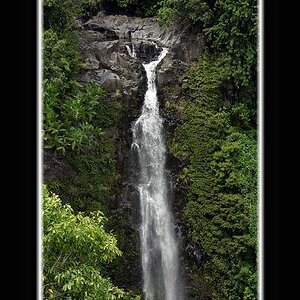
![[No title]](/data/xfmg/thumbnail/36/36678-71ca8166409788704ac0b1cd83c26787.jpg?1619737677)
